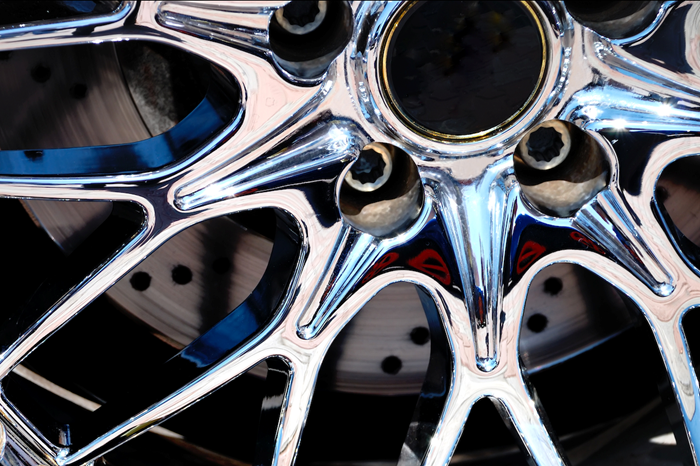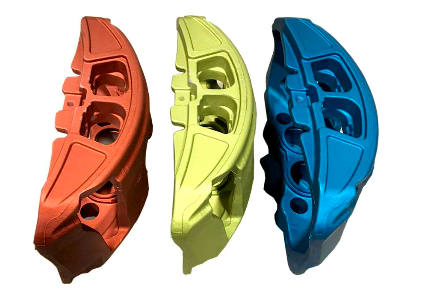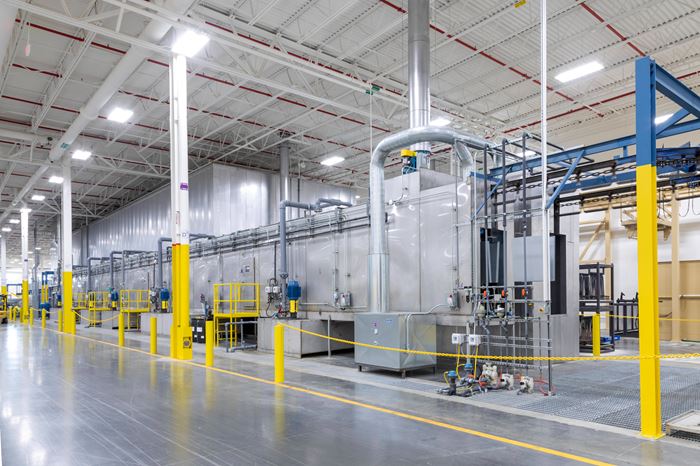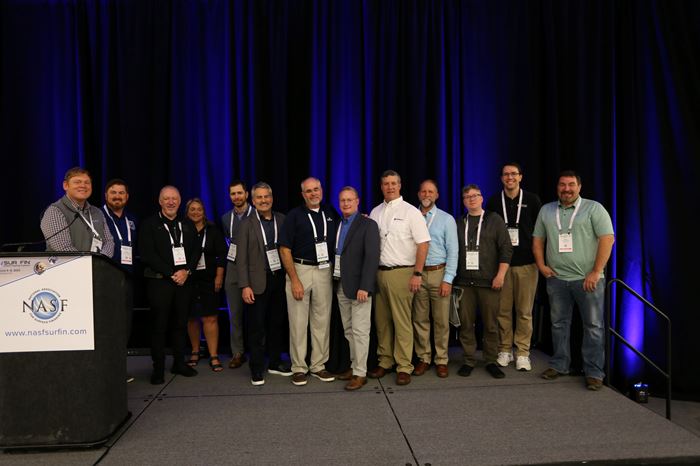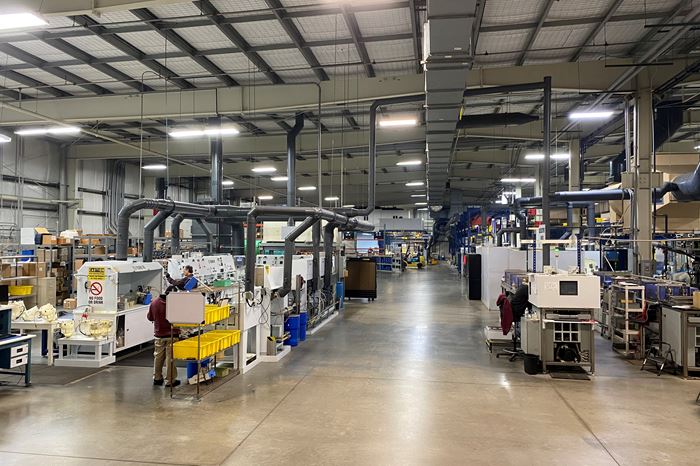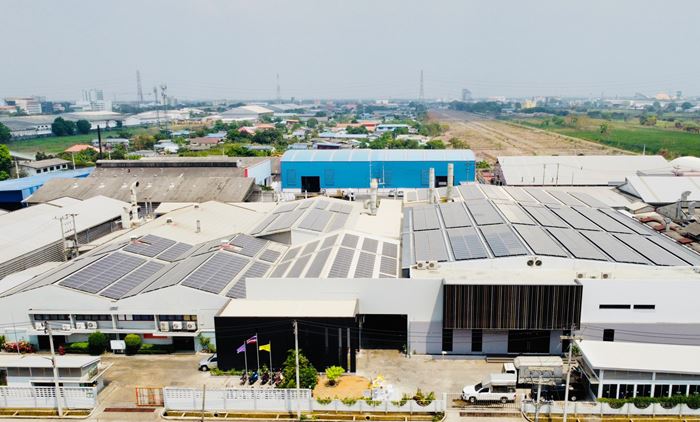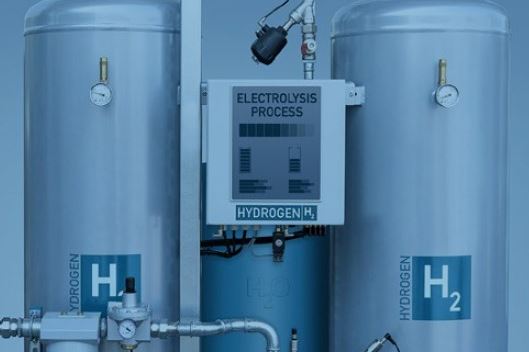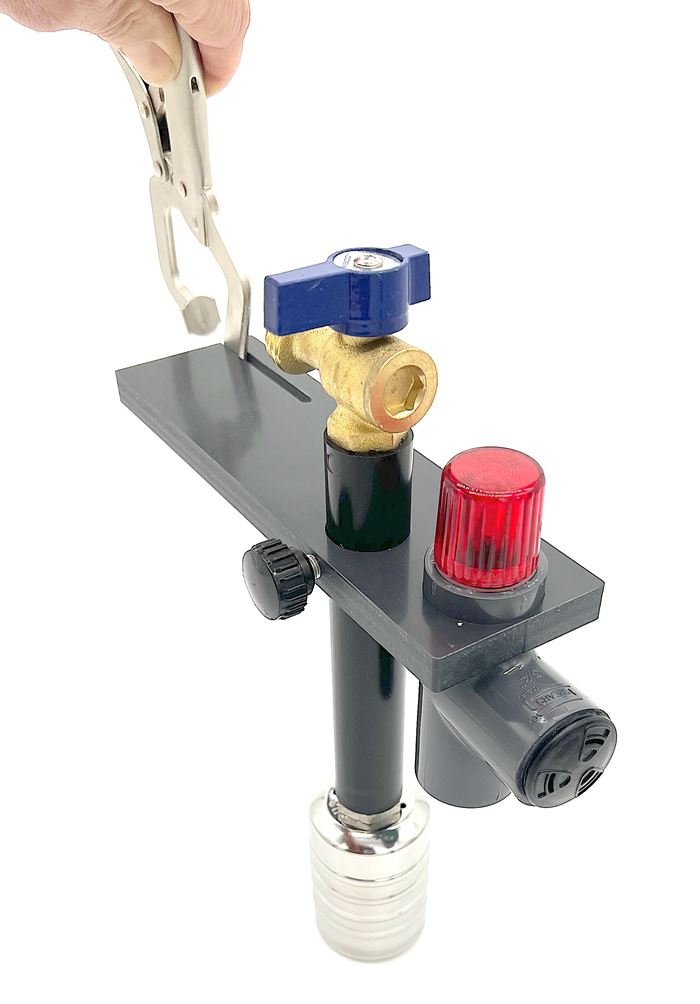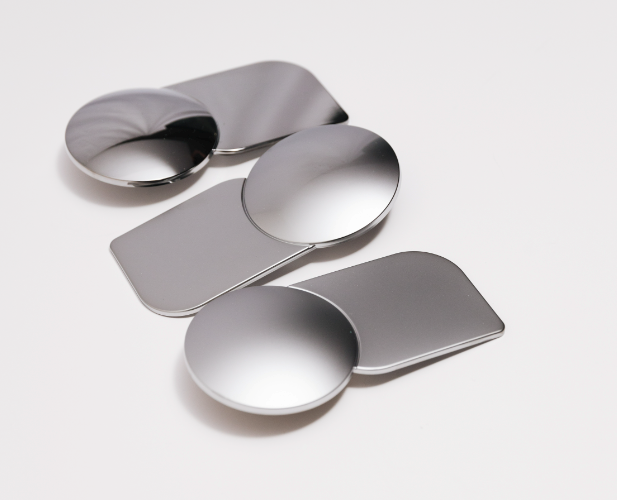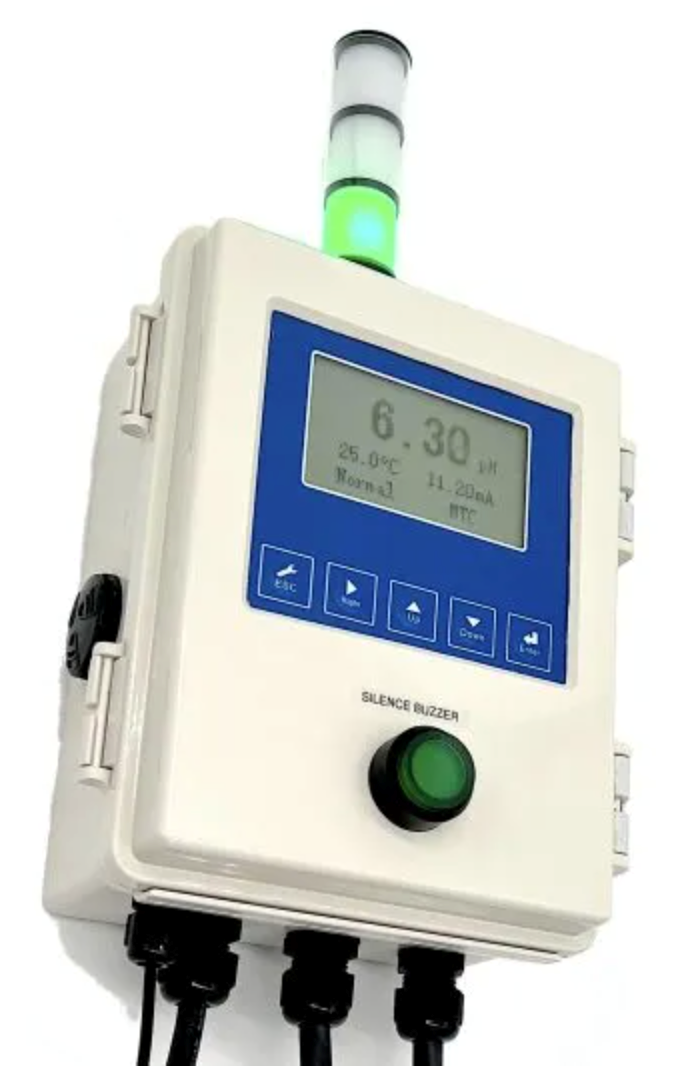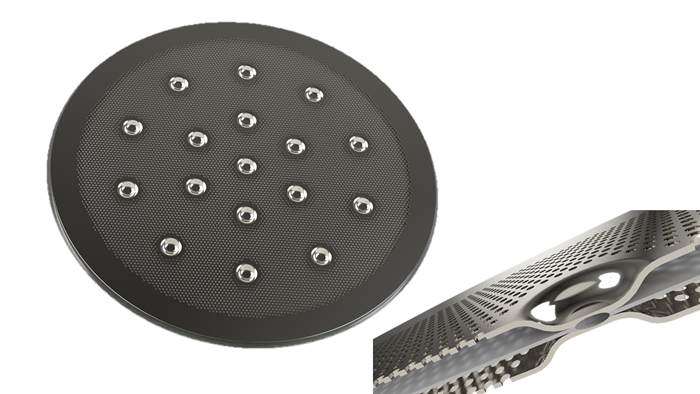Electroplating is the process of plating metal with another metal. Electroplating uses a process called electrodeposition to apply metal coating on a conductive surface. This includes chromium plating, nickel plating, zinc plating, copper plating, electroless nickel plating and the associated baths, chemistries and pollution control methods.
How to Choose Between Sulfate and Chloride-Based Trivalent Chromium
There are several factors to consider when choosing between sulfate and chloride-based baths for trivalent chromium plating. Mark Schario of Columbia Chemical discusses the differences and what platers should keep in mind when evaluating options.
Electroplating: Essential Reading
Prevent Plating Problems with Critical Inspections
Tanks and their contents should be regularly inspected visually and analytically. When a quality issue arises, it is important to quickly pinpoint where the main problem is by checking which parameter is out of line.
An Overview of Electroless Nickel Plating
By definition, electroless plating is metal deposition by a controlled chemical reaction.
A Chromium Plating Overview
An overview of decorative and hard chromium electroplating processes.
How to Maximize Nickel Plating Performance
The advantages of boric acid-free nickel plating include allowing manufacturers who utilize nickel plating to keep up the ever-changing regulatory policies and support sustainability efforts.
Zinc Electroplating
Choosing the best process for your operation.

FAQ: Electroplating
What is the difference between hexavalent and trivalent chrome?
The sulfate/chloride process has shown indefinite electrolyte life, process stability, ease of use, and excellent exterior corrosion performance. From an operational performance standpoint, throwing power is much better with trivalent chromium. Trivalent chromium is also extremely forgiving with respect to current interruption (this feature eliminates the occurrence of white wash commonly experienced with hexavalent chromium). The advantages of improved covering power and uniform thickness have eliminated the need for use of auxiliary anodes for plating difficult geometries.
https://www.pfonline.com/articles/how-trivalent-chrome-compares-to-hexavalent
How do you apply the 720 rule to current density anodizing?
The 720 Rule describes the relationship between the amount of current passed through an aluminum surface and the resultant anodic oxide thickness produced over time. It is known that 720 amp-minutes of current per square foot of load are required to produce one mil (0.001" or 25.4 microns) of anodic oxide.
https://www.pfonline.com/articles/how-to-apply-the-720-rule-to-current-density-anodizing
How do you calculate electroless nickel square footage?
Calculating the proper square footage of work that you would be able to process through your EN bath is key for determining the proper costing for a job, as well as, providing a reference for proper bath performance. As we are trying to calculate for the square footage, or the area, that can be processed through a solution, you would also need to consider the thickness of your final product. As the thickness increases per part, the total amount of nickel eligible to be plated decreases, thus decreasing the amount of area that can be plated.
https://www.pfonline.com/articles/calculating-electroless-nickel-square-footage
How is electrolysis used in electroplating ?
In electrolysis, in contrast to chemical synthesis, one can easily control the reaction rate of a system by working at a given current density, or easily select the magnitude of the driving force for the reaction by adjustment of the electrode potential. Modern electronics has greatly enhanced this inherent advantage of electrolysis by allowing current or voltage to be applied as almost any function of time.
https://www.pfonline.com/articles/qualitative-approach-to-pulse-plating

Electroplating Suppliers
Narrow by Electroplating Category
- Acids
- Chromate Conversion Coatings
- Chrome-Free Final Rinses (for Paint Pretreatment)
- Consultants, Independent, Electroplating and/or Electroless Plating
- Consultants, Independent, Aluminum Finishing
- Controls, Electroless Plating
- Controls, Electroplating
- Courses in Electronics Finishing
- Courses in Electroplating
- Courses in Electroplating, Correspondence
- Current Controls
- Current-Density Meters
- Electrical Connectors, Chemical & Corrosion Resistant
- Plating Processes for Aluminum
- Plating Processes, Alloy: Chromium Substitute
- Plating Processes, Brass or Bronze
- Plating Processes, Chromium
- Plating Processes, Cadmium
- Plating Processes, Chromium, Colored
- Plating Processes, Chromium, Trivalent
- Plating Processes, Cobalt, Cobalt Alloy
- Plating Processes, Copper
- Plating Processes, Copper, Electroless
- Plating Processes for Magnesium
- Plating Processes for Plastics
- Plating Processes
- Plating Equipment, Continuous (Wire & Strip)
- Plating & Anodizing Equipment
- Plating Activators, All Metals
- Plating Conveyors
- Plating Processes for Printed Circuits
- Plating Processes, Fluoborate
- Plating Processes, Gold
- Plating Processes, Gold, Electroless
- Plating Processes, Indium
- Plating Processes, Iron
- Plating Processes, Lead
- Plating Processes, Nickel
- Plating Processes, Nickel Sulfamate
- Plating Processes, Nickel, Colored
- Plating Processes, Nickel, Electroless
- Plating Processes, Nickel, Satin Finish
- Plating Processes, Nickel-Iron
- Plating Processes, Palladium
- Plating Processes, Palladium, Electroless
- Plating Processes, Particle Co-Deposition
- Plating Processes, Platinum
- Plating Processes, Rhenium, Ruthenium
- Plating Timers
- Plating Testing Equipment
- Plating Rack Coatings
- Plating Processes, Zinc-Nickel
- Plating Processes, Zinc-Iron
- Plating Processes, Zinc-Cobalt
- Plating Processes, Zinc
- Plating Processes, Tin-Zinc
- Plating Processes, Tin-Nickel
- Plating Processes, Tin-Lead
- Plating Processes, Tin, Electroless
- Plating Processes, Tin
- Plating Processes, Silver, Electroless
- Plating Processes, Silver
- Plating Processes, Rhodium, Electroless
- Plating Processes, Rhodium
- Rack Trucks
- Racking/Unracking Machines
- Racks, Plating, Painting & Anodizing
- Rectifier Rebuilding & Repair
- Rectifiers
- Refiners & Reclaimers, Metals
- Tank Covers
- Tank Linings, Tumbling Barrel Linings
- Tanks, Chemical Shipping
- Tanks, Metal
- Tanks, Plastic


